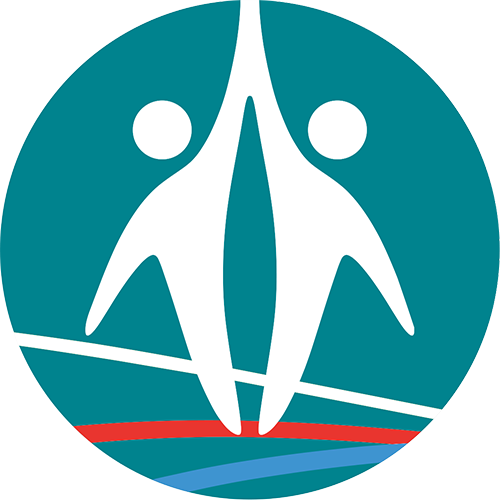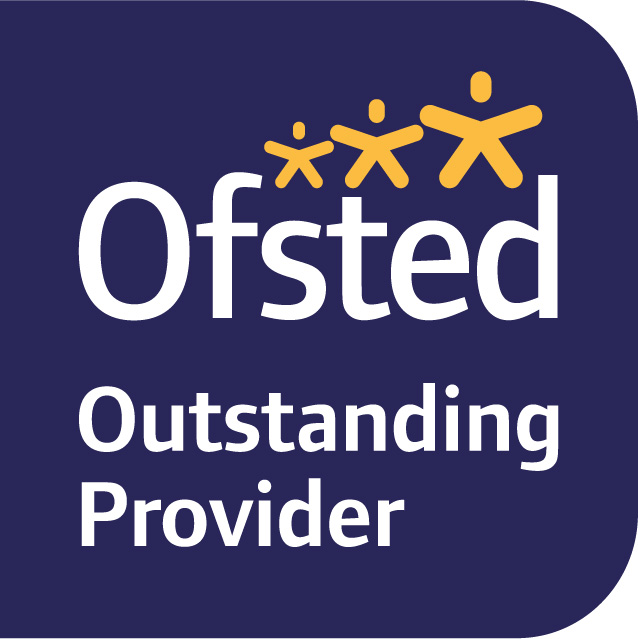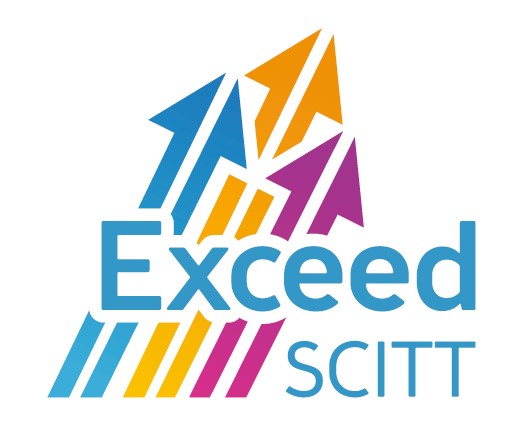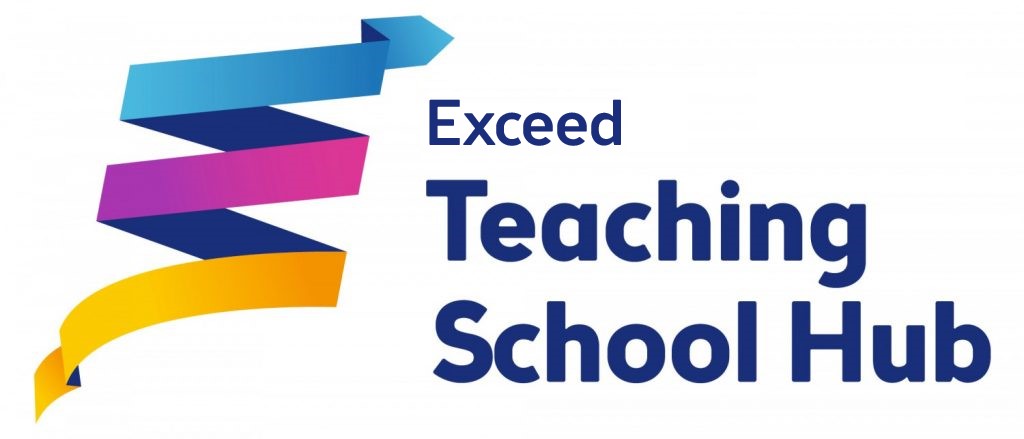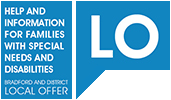Vision, Intent, Implementation Statement
Vision statement:
"To improve educational outcomes and foster a strong sense of belonging for young people through a collaborative, multi-agency approach that identifies individual needs and delivers bespoke support."
Intent:
We are committed to a child-centred, trauma-informed approach that prioritises the needs and voices of young people. By working together to build engagement and collaborating with a wide network of people we ensure the right support is in the right place at the right time. Our goal is to prioritise and support the most vulnerable, keeping them in education, helping them thrive and equipping them to lead happy, healthy lives and contribute meaningfully to their communities.
Implementation:
Every young person deserves to feel safe, valued and understood. We are working in a thoughtful, step-by-step way to support young people from the moment they are referred. By focusing first on building trust and stability, then understanding what each young person needs and regularly reviewing how we’re doing, we create the right conditions for them to thrive — both in education and in life.This is not a one-size-fits-all approach. It’s personal, flexible and built around what is best for each individual young person. Working together as a team with the young person, families, schools and professionals, we aim to give every young person the best chance to succeed, grow in confidence, and feel hopeful about their future. To support this, we use a three-phase approach that puts the young person first and helps them feel safe, understood, and fully supported at every stage. All interventions are evidence based and designed to meet personal needs. These include Behind the Blade, Managing Anger and Drug-awareness.
-
Stabilise - As soon as a referral is made, we focus on helping the young person feel safe and secure. This includes understanding the background and needs, and most importantly, building a strong, trusting relationship with a consistent adult. This adult becomes a safe person for the young person — someone they can rely on and talk to. Creating this safe space is the first step toward helping the young person feel ready to engage.
-
Identify - Once the young person is settled, we work closely with everyone involved — the young person, families, schools and other professionals to understand what the young person needs to succeed. This includes recognising any unmet or unidentified needs and putting together a personalised plan that suits them. The plan is built around the young person, with the young person, and shaped by the people who know them best, making sure support is joined up and consistent.
-
Assess - We give schools practical guidance on the support and changes they can make to help the young person thrive. If a young person is identified as potentially needing further assessment for example speech & language and neuro-developmental assessment, this can be fast-tracked due to their vulnerability.

